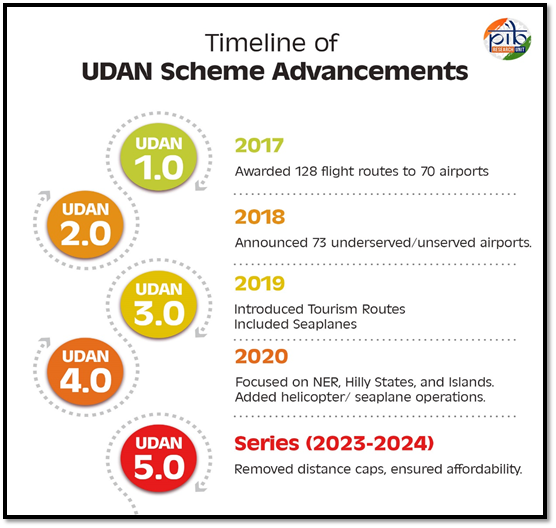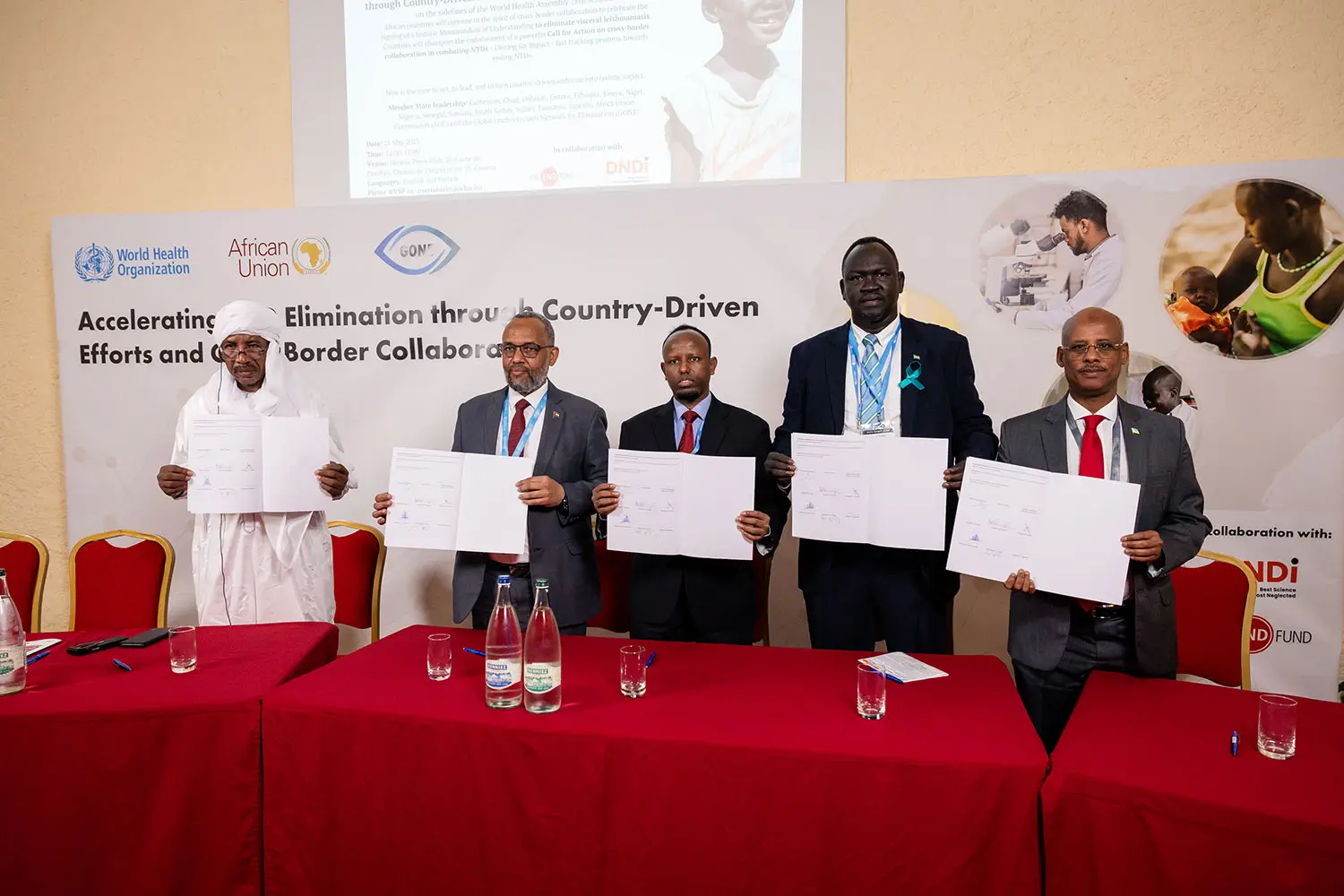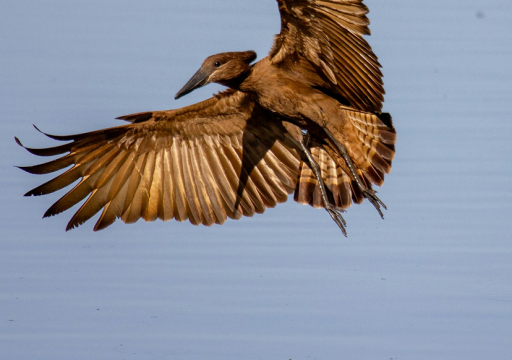- Courses
- GS Full Course 1 Year
- GS Full Course 2 Year
- GS Full Course 3 Year
- GS Full Course Till Selection
- Online Program
- GS Recorded Course
- NCERT (Recorded 500+ Hours)
- Polity Recorded Course
- Geography Recorded Course
- Economy Recorded Course
- AMAC Recorded Course
- Modern India, Post Independence & World History
- Environment Recoded Course
- Governance Recoded Course
- Science & Tech. Recoded Course
- International Relations and Internal Security Recorded Course
- Disaster Management Module Course
- Ethics Recoded Course
- Essay Recoded Course
- Current Affairs Recoded Course
- CSAT
- 5 LAYERED ARJUNA Mentorship
- Public Administration Optional
- ABOUT US
- OUR TOPPERS
- TEST SERIES
- FREE STUDY MATERIAL
- VIDEOS
- CONTACT US
Parliament passes Bharatiya Vayuyan Vidheyak 2024
Parliament passes Bharatiya Vayuyan Vidheyak 2024
06-12-2024
- On December 5, 2024, Parliament passed the Bharatiya Vayuyan Vidheyak 2024, a bill aimed at updating India’s aviation laws by replacing the 90-year-old Aircraft Act of 1934.
- This is an important step toward modernizing India's aviation system.
- The bill was first passed in the Lok Sabha on August 9, 2024, and was approved by the Rajya Sabha on December 5, 2024, through a voice vote.
Key Points of the Bharatiya Vayuyan Vidheyak 2024:
- The bill seeks to replace the outdated Aircraft Act of 1934, which has been amended 21 times.
- The new bill aims to improve aviation safety, increase regulatory oversight, and enhance consumer protection.
- It focuses on making the aviation sector more self-reliant by boosting aircraft manufacturing in India and encouraging investment.
- The bill also aims to strengthen governance by creating stronger structures for aviation authorities.
- The bill aims to improve the ease of doing business in India’s fast-growing aviation sector.
- It will remove unnecessary rules and update old regulations to make it easier for businesses in the aviation industry to operate and grow.
- The title of the bill was changed from English to Hindi.
- This was done to reflect India’s heritage and culture. However, some members of Parliament raised concerns about this change.
- Civil Aviation Minister K Rammohan Naidu defended the decision, explaining that it was not a violation of any constitutional rules. He said the change was made to celebrate India’s cultural identity and that people would get used to the new name over time.
- Airfare Regulation: The bill makes it clear that while airlines are free to set their own prices (since airfares have been deregulated), the government will monitor these prices to ensure they remain fair for passengers. This is to prevent airlines from unfairly raising fares.
- UDAN Scheme: Under the UDAN (Ude Desh ka Aam Naagrik) scheme, the government has worked to make air travel more affordable and accessible.
- 609 new flight routes have been introduced, and 86 regional airports have been made operational, with 66 of them previously unserved. This has made flying more accessible to people in smaller towns and cities.
- A rule from a 2010 DGCA circular that allowed airlines to change their fares within 24 hours has been removed.
- The new bill requires airlines to inform the DGCA about any fare changes for a whole month. This is expected to reduce sudden and unfair price hikes.
- Fuel Prices and VAT: The cost of aviation fuel, which is a major part of ticket prices, is affected by state taxes (VAT).
- The government has urged state governments to lower taxes on fuel. Some states like Delhi, West Bengal, and Tamil Nadu still have high VAT on aviation fuel, making airfares more expensive.
Concerns Over Market Dominance:
- Priyanka Chaturvedi (SS-UBT) raised concerns about the dominance of Air India and Indigo, which control a large share of the market, leading to higher prices. She pointed out that routes like Mumbai-Ayodhya had started with 16 direct flights, but now none are operating.
- A. A. Raheem (CPI-M) criticized the lack of control over the aviation market, claiming that companies like Tata, Indigo, and Adani control too much of the industry. He suggested that this could lead to higher prices and less competition.
Security and Surveillance:
- The number of threat calls in the aviation sector increased between October 10 and November 24, prompting the government to step up security measures.
- On Digiyatra, a digital travel platform, the minister assured that passenger data (including Aadhaar details) is securely stored on passengers’ phones.
- Airports only receive updated boarding details when needed, and the data is automatically deleted after passengers pass through security.
Opposition and Criticism:
- Some members, like A. A. Raheem, argued that the bill does not give enough control over the aviation sector, which is dominated by private players like Tata Group, Indigo, and Adani. They expressed concern that this could lead to higher ticket prices and less competition in the market.
- There was also criticism about the privatization of airports, with Adani Group controlling many major airports. Critics argue that this reduces competition and may not be in the best interest of passengers.
Regional Connectivity Scheme (RCS)-Ude Desh ka Aam Naagrik (UDAN)Launch and Overview of RCS-UDAN:
UDAN's Success and Key Milestones:
UDAN Versions and Key Developments:
UDAN's Role in Promoting Tourism:
Enhancing Connectivity in Remote Areas:
|





